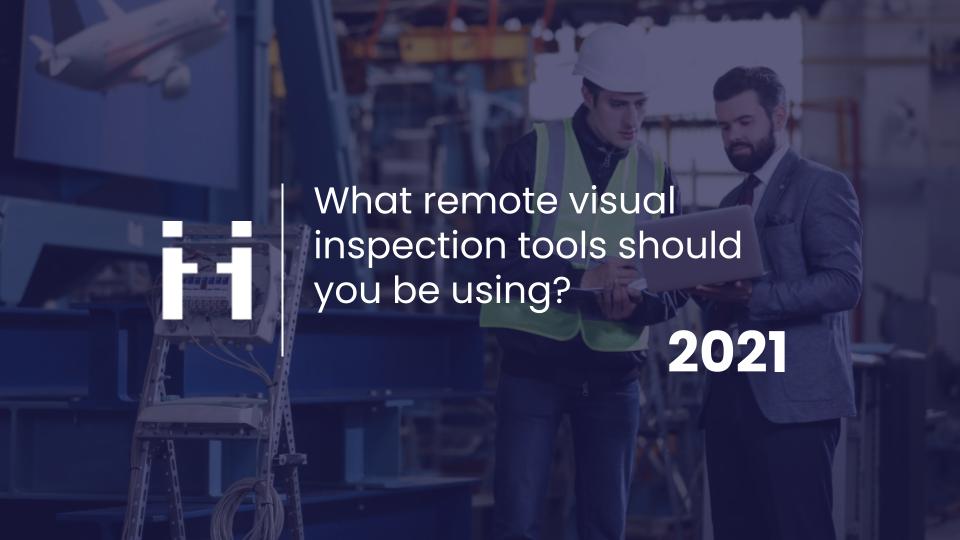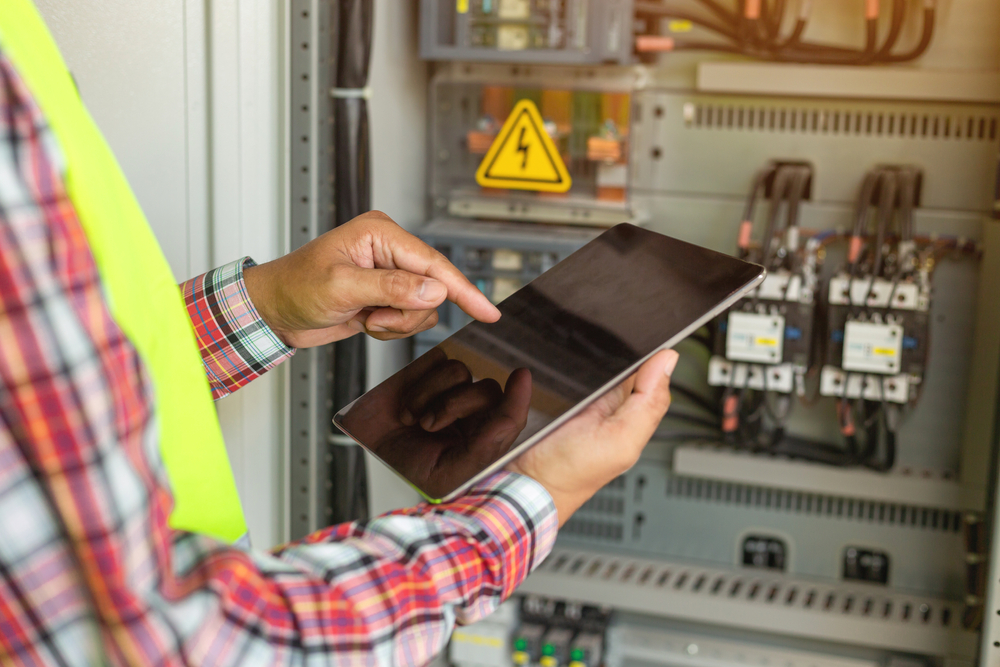
Share this article
Share this article
Remote visual inspection tools are pieces of equipment that people use to scrutinize components for damage and corrosion from a distance. People use these tools to examine damages remotely. Generally, typical remote visual inspection tools you should use include video borescopes, push pod cameras, fiber scopes, remotely operated pan-tilt-zoom cameras as well as drones. They help maximize productivity and minimize downtime of inspection processes.
Remote visual inspection systems are structures that examine and collect data from a distance. To facilitate quality inspection services, a remote visual inspection system includes a real-time video feed so the on-site technician can collaborate with the remote inspector. This system should include several advanced collaborative features, so they can properly examine machines or parts of the worksite from a distance and diagnose any potential problems.
For certain, complex machines, remote visual inspection tools may need to connect to thin, long, video-transmitting extensions, to see inside small spaces.

Visual inspection tools are pieces of equipment that help inspectors to gather the data they need to facilitate the proper management of the assets they are examining. These tools assist the inspector to gather data in order to draft an inspection report.
Some important remote visual inspection tools include:
Digital cameras are useful for properly documenting the results of an inspection. During remote visual inspections, the person carrying out the inspection on-site can simply use the camera in the device they’re using for the video call, such as a cell phone or tablet. Some visual support platforms, like ViiBE, automatically organize and store all photos taken during an inspection within the inspection archives for enhanced traceability.
These tools help the inspector to magnify tiny images using digital technology. As for digital microscopes, they allow inspectors to gather up-close visual data. Usually, they come with enhanced lenses that capture clear images even of tiny objects.
Borescopes are visual inspection tools that are made up of a tube with a lens on one end and an eyepiece on the other end. They allow inspectors to monitor areas that are inaccessible.

CCTV is short for Closed Circuit Television and inspectors use it to inspect pipes. They are mostly used for sewer inspections. This is because they enable the remote inspection of these places.
Videoscopes are remote visual inspection tools that allow inspectors to see inside tiny cavities and other important areas remotely. Usually, the camera is installed on the tip of the video scope. It also uses focusable lens assembly and CCD technology to rely on images.
These visual inspection tools solve the problem of gathering visual data for the inspector. They also ease the tasks demanded during remote inspection services.
Remote video inspection (RVI) is the process of applying video technology to examine a building, a manufactured product, or a piece of equipment that is malfunctioning or needs to be installed. It can also be used to inspect and troubleshoot issues remotely that would normally require the intervention of a professional. Some benefits of RVI include the following.
RVI allows inspectors to complete their missions more efficiently, without leaving their offices and more importantly, without having to spend the time traveling back and forth between jobs sites.
Using RVI saves time and money since inspectors do not have to be physically present at the site. This saves costs that would be spent on commuting to perform the inspection. Additionally, if the company is trying to pinpoint the source of an issue, performing a remote inspection can help locate the problem more quickly.
RVI increases customer satisfaction because anyone from the company can join the inspection remotely to confirm that things are running smoothly. This increases transparency and accountability.
Usually, video inspection tools come with remote inspection software that optimizes data analysis and management. This will ensure that they collect clear and concise data.
Free E-book available now!